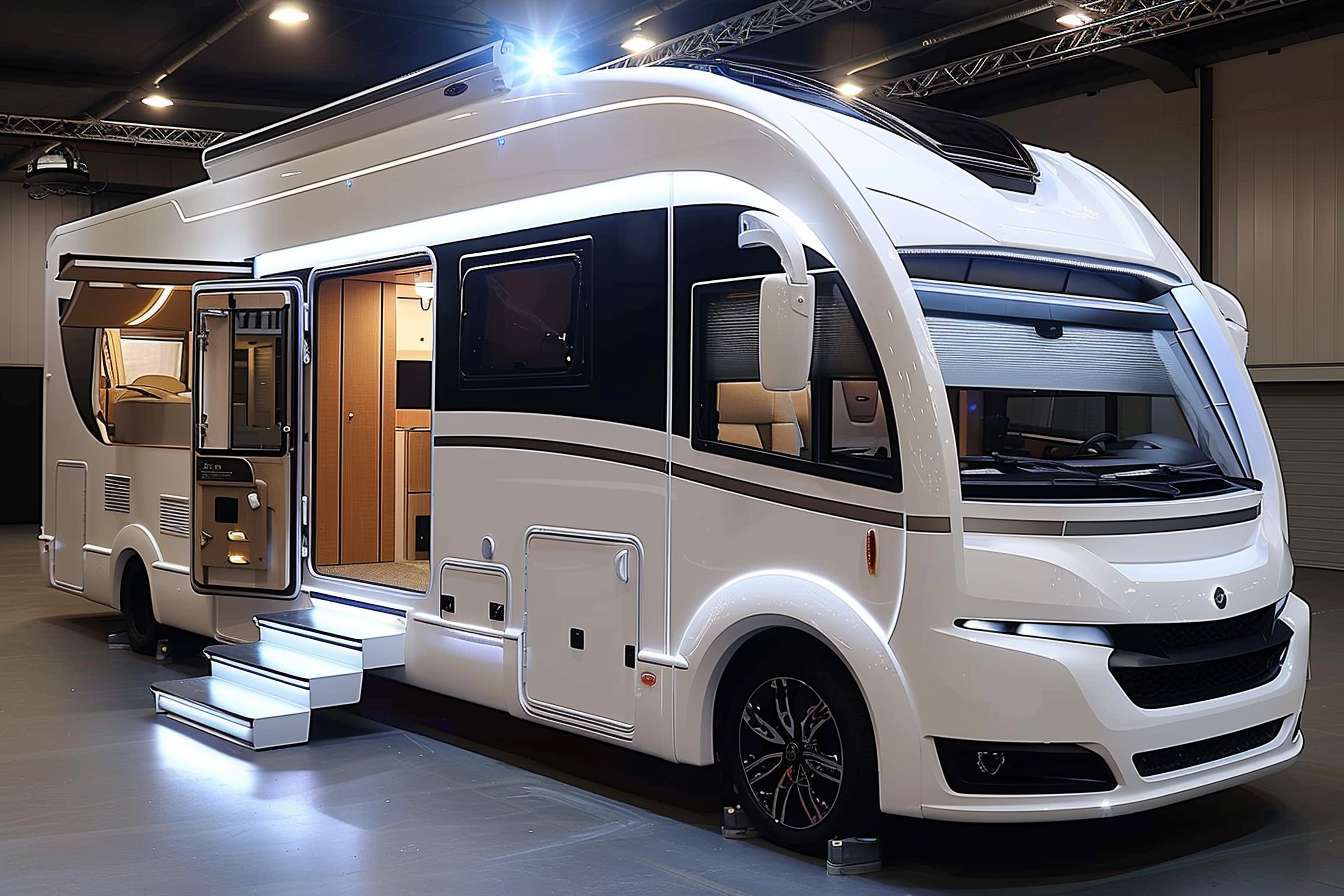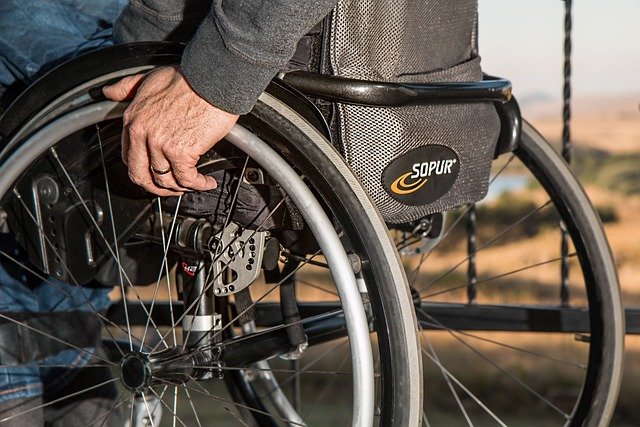Small Used Motorhomes: Practical Guide to Buying, Inspecting, and Maintaining Compact RVs
Compact motorhomes offer an accessible entry point into mobile living and travel. These smaller recreational vehicles provide maneuverability, lower fuel consumption, and easier storage compared to their full-sized counterparts. Whether you're a solo traveler, a couple seeking weekend getaways, or a first-time buyer exploring the RV lifestyle, understanding the nuances of purchasing and maintaining a used compact motorhome can save you considerable time and money while ensuring years of reliable service on the road.

Small used motorhomes represent a growing segment of the recreational vehicle market, appealing to buyers who value practicality and efficiency. These compact units typically range from 20 to 28 feet in length and come in various configurations including Class B campervans, small Class C models, and compact Class A designs. Understanding what makes these vehicles suitable for your needs requires careful consideration of multiple factors, from layout and features to long-term maintenance requirements.
Benefits and Drawbacks of Small Used Motorhomes
Compact motorhomes offer distinct advantages that make them attractive to many buyers. Their smaller footprint allows easier navigation through city streets, national parks, and campgrounds with size restrictions. Fuel economy typically surpasses larger models, and storage during off-season becomes less challenging. Maintenance costs generally run lower due to smaller engines and simpler systems. However, these benefits come with trade-offs. Limited living space can feel cramped during extended trips or inclement weather. Storage capacity for gear, food, and personal items becomes restricted. Sleeping arrangements may accommodate fewer people, and amenities like full bathrooms or slide-outs might be absent or scaled down. Water and waste tank capacities are smaller, requiring more frequent stops for dumping and refilling.
Key Features and Layouts to Consider
When evaluating small used motorhomes, layout efficiency becomes paramount. Common configurations include rear bed designs, convertible dinettes, and murphy bed systems that fold away during daytime. Kitchen facilities range from basic two-burner stoves to compact three-burner setups with small refrigerators and microwaves. Bathroom arrangements vary significantly, from wet baths where the shower encompasses the entire bathroom space to split designs with separate shower stalls. Storage solutions deserve close attention, including overhead cabinets, under-bed compartments, and exterior storage bays. Sleeping capacity typically ranges from two to four people, depending on whether dinettes or sofas convert to beds. Consider how the floor plan accommodates your specific needs, whether that includes workspace for remote work, dining areas for family meals, or adequate counter space for meal preparation.
How to Inspect and Test-Drive a Used Motorhome
Thorough inspection protects buyers from costly surprises after purchase. Begin with the exterior, checking for signs of water damage, delamination, rust, or accident repairs. Examine seals around windows, doors, and roof vents for cracks or gaps. Inspect tires for age, tread depth, and sidewall condition, noting that RV tires should be replaced every six to seven years regardless of mileage. Inside, test all appliances, lights, and outlets. Run water through all faucets and check for leaks underneath sinks and around the toilet. Operate the heating and cooling systems through full cycles. During the test drive, pay attention to engine performance, transmission shifting, brake responsiveness, and unusual noises or vibrations. Check dashboard warning lights and gauge functionality. Test the generator if equipped, and verify that all safety equipment including fire extinguishers and smoke detectors are present and functional.
Cost, Insurance, and Ongoing Ownership Expenses
Understanding the financial commitment of small used motorhome ownership extends beyond the initial purchase price. Used compact motorhomes typically range from $15,000 to $60,000, depending on age, condition, brand, and features. Class B campervans generally command higher prices due to their versatility and build quality, while older Class C models may offer more affordable entry points. Insurance costs vary based on vehicle value, usage patterns, and coverage levels, typically ranging from $800 to $2,500 annually. Registration fees depend on state regulations and vehicle weight. Fuel costs fluctuate with usage, but small motorhomes generally achieve 10 to 18 miles per gallon. Storage fees, if needed, run from $50 to $300 monthly depending on location and facility type. Campground fees average $30 to $80 per night for full hookups. Regular maintenance including oil changes, tire rotations, and inspections should be budgeted at $500 to $1,500 annually.
| Expense Category | Estimated Annual Cost | Notes |
|---|---|---|
| Insurance | $800 - $2,500 | Varies by coverage and usage |
| Registration | $100 - $500 | State-dependent |
| Storage | $600 - $3,600 | If not stored at home |
| Fuel | Variable | Depends on mileage and fuel prices |
| Maintenance | $500 - $1,500 | Routine services only |
| Campground Fees | Variable | Based on travel frequency |
Prices, rates, or cost estimates mentioned in this article are based on the latest available information but may change over time. Independent research is advised before making financial decisions.
Maintenance, Repairs, and Smart Upgrades for Longevity
Proper maintenance extends the lifespan of small used motorhomes and prevents expensive repairs. Establish a regular maintenance schedule covering engine services, generator maintenance, roof inspections, and seal checks. Winterization becomes essential in cold climates, protecting water systems from freeze damage. Replace air filters, check battery health, and inspect propane systems annually. Common repairs include roof leak remediation, appliance replacement, and electrical system troubleshooting. Smart upgrades that enhance functionality include LED lighting conversions for reduced power consumption, solar panel installations for off-grid capability, upgraded mattresses for better sleep quality, and improved ventilation fans. Consider adding backup cameras, tire pressure monitoring systems, and cellular signal boosters for safety and convenience. When planning upgrades, prioritize improvements that address specific pain points in your usage patterns rather than pursuing modifications that add complexity without meaningful benefit. Keeping detailed maintenance records helps track service history and increases resale value when the time comes to upgrade or sell.
Small used motorhomes provide practical solutions for travelers seeking mobility and independence without the bulk and expense of larger recreational vehicles. Success in ownership depends on thorough research, careful inspection, realistic budgeting, and consistent maintenance. By understanding both the advantages and limitations of compact motorhomes, buyers can make informed decisions that align with their travel goals and lifestyle preferences.




